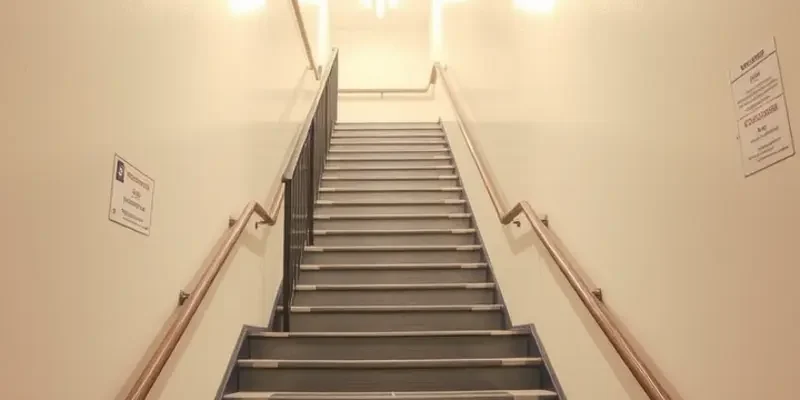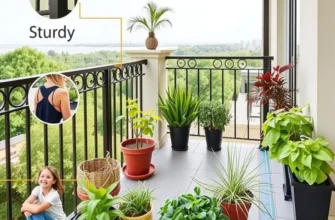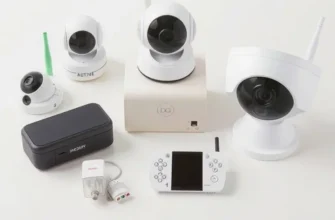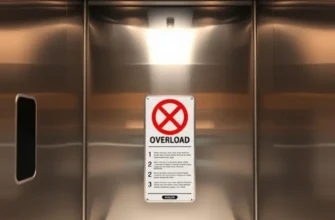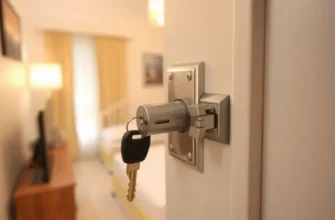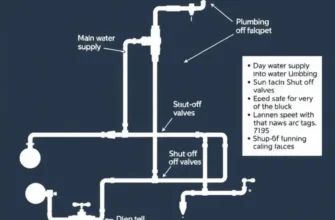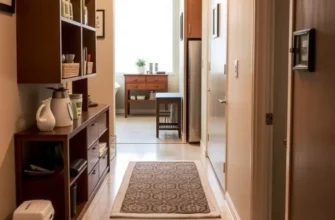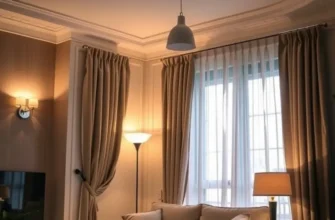When it comes to apartment living, safety is paramount, especially when navigating stairwells. These often-overlooked areas can pose significant risks if not properly maintained and monitored. Whether you’re on the first floor or several stories up, understanding stair safety can make a world of difference in preventing accidents. As a renter, you want to live in a secure environment that emphasizes hassle-free maintenance practices. Managing stair safety doesn’t have to be a daunting task; with a little awareness and proactive steps, you can protect yourself and your loved ones from unexpected incidents while promoting peace of mind in your living space. In this guide, we’ll explore practical and effective solutions for enhancing safety and security on apartment stairs, ensuring your living experience is both enjoyable and secure.
Essential Stair Safety Practices for Renters
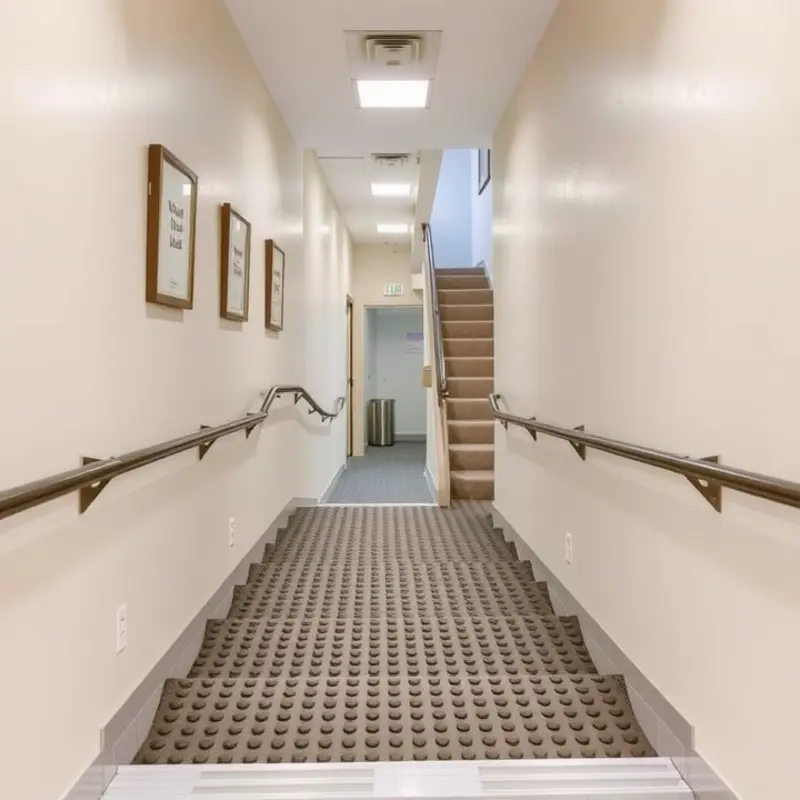
Navigating apartment staircases safely requires renters to adopt a few core practices, ensuring both personal safety and the safety of fellow residents. One of the most critical aspects of stair safety in apartments is proper lighting. Adequate lighting reduces the risk of accidents by making every step visible, especially in stairwells that might not have easy access to natural light. Renters should ensure that all light fixtures are functioning correctly and immediately report any burnt-out bulbs or faulty electrical issues to property management.
Equally important are non-slip treads. These are essential in preventing slips and falls, particularly in wet or humid environments where stairs can become slick. Renters should inspect staircases periodically to ensure that non-slip strips are installed and in good condition. If any of these strips are loose or missing, it’s important to notify maintenance promptly.
Clear pathways are another fundamental factor in stair safety. Clutter on stairways is not only inconvenient but also increases the risk of trips and falls. Renters ought to keep stairs free of obstructions like shoes, bags, and other personal items. Regular cleaning to remove debris, especially after parties or gatherings, also helps maintain clear passage.
An often-overlooked aspect of stair safety is the structural integrity of the handrails and stairs themselves. It is the responsibility of the renter to regularly check for any loose or damaged components. Handrails should be securely anchored, and stairs must show no signs of rot or instability. Any issues found should be reported immediately to ensure timely repairs.
Safety isn’t just about what you can see and touch; it’s also about communication. Renters have an obligation to report any maintenance issues directly to property management. By doing so, they ensure that small problems don’t escalate into significant hazards affecting the building’s safety and security. This kind of proactive communication fosters a safer living environment for everyone.
Finally, tenants should familiarize themselves with the property manager’s routine maintenance schedule. Understanding when inspections occur and how to request checks can significantly enhance safety measures. Alongside personal vigilance, this knowledge creates a robust safety net, securing peace of mind for all residents.
For those looking to delve deeper into other safety and care aspects, consider exploring procedures for handling apartment noise complaints, which contribute to a peaceful and secure living environment.
By embedding these practices into their daily routines, renters can significantly reduce the risk of accidents on staircases, ultimately ensuring a safer and more pleasant living environment.
Communicating with Management: Ensuring Safety Standards

Open communication with property management is crucial for maintaining safety in your apartment building, especially when it comes to stairs. Stairs are a common area of concern due to the potential for accidents. Renters must be proactive about reporting issues that could pose safety risks.
Understanding Your Role as a Tenant
As a tenant, your safety partially depends on your vigilance. The management team can’t address problems they aren’t aware of, making it essential for tenants to promptly report any issues. Broken or loose handrails, inadequate lighting, or damaged steps can each render stairwells hazardous. It’s vital to communicate observed problems immediately, minimizing risks to everyone in the building.
Encouraging Prompt Lighting Repairs
Inadequate lighting is a frequent issue that tenants face in stairwells. Poor visibility increases the chance of missteps, especially in emergency situations. Tenants should ensure communal areas, including staircases, are well-lit at all times. If you notice burnt-out bulbs or areas that need brighter lighting, communicate with management swiftly to arrange for replacements. By addressing these issues quickly, you contribute to a safer living environment.
Reporting Structural Issues
Safety starts with structural integrity. Damaged or loose handrails and stairs need prompt attention. Make it a point to regularly inspect these aspects, especially if you use the stairs frequently. A handy tip is to firmly grip rails and test their stability from time to time. If there’s any movement or perceived weakness, report it immediately. Issues like these, if left unattended, can lead to significant injuries.
Building a Collaborative Relationship
Encouraging a two-way communication channel with management fosters safety and trust within your community. Regular updates from management about maintenance schedules or completed repairs keep tenants informed and secure. In turn, tenants should share feedback and offer suggestions constructively. Together, this collaboration ensures a prompt response to any maintenance needs.
For tenants looking to understand more about managing property safety concerns, exploring resources like Tenant Eviction Protections can provide additional insights into tenant rights and responsibilities.
Advocacy and Persistence
Sometimes, despite efforts, addressing safety concerns can face delays. In these instances, persistence is key. Follow up with management until the issue is resolved fully. Encourage fellow tenants to voice similar concerns to amplify the need for action. Effective advocacy ensures that safety is prioritized and addressed without unnecessary delay.
Being proactive and maintaining open communication with your apartment management team can substantially enhance the safety of your living environment. By working together, tenants and management can ensure that safety standards are not only met but surpassed, creating a secure and comfortable atmosphere for all residents.
Final words
Being proactive about apartment stair safety significantly contributes to a secure living environment. Implementing basic practices like ensuring proper lighting and reporting maintenance issues fosters a sense of community and accountability among renters and property management alike. Safety should never be a compromise; by taking these steps, you can enhance your living experience while feeling secure. Remember, your well-being matters. Focus on these guidelines, remain vigilant, and together, we can create safe and welcoming apartment communities for everyone.

